
An impressive, creative, startling meeting between Japanese trumpeter Natsuki Tamura and German double bassist Alexander Frangenheim, taking Tamura out of his more typical structured improv and Frangenhemin into more active and agressive styles than his Creative Sources output; a great album reminding just how fun and awe inspiring free improvised music can be.
Out of Stock
Quantity in Basket: None
Log In to use our Wish List
Shipping Weight: 5.00 units
Sample The Album:
Natsuki Tamura-trumpet, toys
Alexander Frangenheim-doublebass
Click an artist name above to see in-stock items for that artist.
UPC: 5609063402803
Label: Creative Sources
Catalog ID: cs280
Squidco Product Code: 24306
Format: CD
Condition: New
Released: 2014
Country: Portugal
Packaging: Jewel Case
Recorded at Studio Boerne 45, Berlin-Weissensee, Germany, January, 2013, by Alexander Frangenheim.
"Slippery as the terms may be, labeling these trumpet plus low-strings duos as "avant-garde" or "experimental sounds" confirms that the programs wouldn't be what you would get from a duet of Doc Cheatham and Major Holley or even Nat Adderley and Sam Jones. Like fun house mirror reflections, the meetings between Japanese trumpeter Natsuki Tamura and German bassist Alexander Frangenheim on Nax [...] eschew song forms to deal with the instruments' capacity to generate unique, unspecified sounds. [ ...] Like the culmination of extended techniques demonstrations, the Berlin-recorded studio tracks' encompass generous pauses, verbalized nonsense syllables, didjeridoo-like gusts and cello plucks, with a summation that balances signaling rhythms and staccato blasts. However the anomaly that is "Trenches" suggests what would have transpired if Peter Brötzmann's "Machine Gun" had been recorded by one trumpeter and one cellist. A cacophonous Free Jazz blow-out, the broken-chord col legno cello strokes and guttural plunger growls could also be heard as raucous burlesque of a macho approach to abstraction.
Veterans, Tamura and Frangenheim may be male, but while their version of double bass-trumpet interaction may sometimes be deafening and rambunctious, it's also lacking in macho posturing by design. That's because the veterans have participated in as many Free Music variations as seemingly exist. In the bull fiddler's case this has involved interaction with German and British improvisers such as trombonist Günter Christmann; and in the brass player's experience with a similar number of French, American and Japanese innovators, most prominently his wife, pianist Satoko Fujii. However unlike the other duo, no matter how many extended techniques are used, there there's no question that a trumpet and a double bass are the instruments recorded.
Tamura who made some excellent duo sides with drummers Jim Black or Aaron Alexander at the turn of the century equals that work here, ironically enough since Frangenheim is a particularly percussive bull fiddler. Tracks such as "Acun02", "Acun07" and "Acun08" for instance feature as much high energy sawing and stropping as spiccato thrusts or guitar-like plucks on the bassist's part. When Frangenheim's crackling involvement become as red hot as a barely controllable bush fire, wood on front and back of his instrument is in play as well as the strings and bow. For his part the trumpeter faces these slaps and sweeps with an assembly line-like continuous collection of wet mouthpiece kisses, blustery fowl call approximations and toy-like squeaks. Other tracks are even more violent and expansive with col legno string splats facing disconnected bugle-like blats, plus darker expirations with a combination of maniac and baby cries challenging slaps and pumps. Most notably the extended "Acun06" could be defined as traditional Free Jazz. Constantly accelerating and narrowing the narrative, as pulls and stops make it appear the bassist is wiping his bow over his strings, the trumpeter responds with a wide-bore approximation of brass circular breathing until the two reach a conclusive blend.
Still these instances make up only a few chapters of this tale, with a track such as "Acun04" illuminating other musical paths. Beginning with cramped tremolo tones from Tamura and clanking strums from the bassist, half-way through the narrative becomes melodic. While not quite in the Cheatham-Holley genre, that mellow trumpeting and bouncy strokes certainly come close to mainstream Jazz. This expressiveness is confirmed on "Acun05" where despite snarky brass whistle and bolo-bat like strokes from Frangenheim, it's obvious that close-listening on both sides is responsible for each response with stopwatch-like efficiency.
Nax is an outstandingly mature instance of up-to-date Free Jazz from a duo who knows all of its ins and outs."-Ken Waxman, JazzWord
Artist Biographies
• Show Bio for Natsuki Tamura "Japanese trumpeter and composer Natsuki Tamura is internationally recognized for a unique musical vocabulary that blends extended techniques with jazz lyricism. This unpredictable virtuoso's seemingly limitless creativity led François Couture in All Music Guide to declare that "... we can officially say there are two Natsuki Tamuras: The one playing angular jazz-rock or ferocious free improv... and the one writing simple melodies of stunning beauty... How the two of them live in the same body and breathe through the same trumpet might remain a mystery." Born on July 26, 1951, in Otsu, Shiga, Japan, Tamura first picked up the trumpet while performing in his junior high brass band. He began his professional music career after he graduated from high school, playing in numerous bands including the World Sharps Orchestra, Consolation, Skyliners Orchestra, New Herd Orchestra, Music Magic Orchestra, and the Satoko Fujii Ensemble, as well as in his own ensemble. He was the trumpeter for numerous national television shows in Japan from 1973-1982, including The Best Ten, Music Fair, Kirameku Rhythm and many others. In 1986, he came to the United States to study at Berklee College of Music. He then returned to his native Japan to perform and teach at the Yamaha Popular Music School and at private trumpet studios in Tokyo and Saitama, before coming back to the US to study at New England Conservatory. He made his debut recording as a leader in 1992 on Tobifudo. In 1997 he released the duo album How Many? with pianist Satoko Fujii, who is also his wife. It marked the beginning of an artistic collaboration that continues up to the present. The duo has made a total of five CDs over the years, including 2012's Muku. "Muku contains some truly stunning, spine-tingling music...its sheer beauty and elegance is what lingers most," wrote Dave Wayne in All About Jazz. "Fujii's orchestral technique, clear chromatic lines and "prepared piano" devices contrast effectively with Tamura's arsenal of extended techniques which he executes with a warm, vocalized tone throughout the trumpet's full range," Ted Panken said in his four-star DownBeat review. Tamura's collaborations with Fujii reveal an intense musical empathy, and have garnered wide popular and critical acclaim. Jim Santella in All About Jazz described their synergy well in his glowing review of the couple's 2006 Not Two disc, In Krakow, In November: "... the creative couple forcefully demonstrates what can happen when you let your musical ideas run free... Similarly, Tamura's mournful trumpet can fly high or low in search of his next surprise. Oftentimes, they both issue plaintive moans that sing like angels on high." Their sixth duet album is due out in 2017. In 1998, Tamura began recording his unaccompanied solo performances. The stunning solo trumpet debut release, A Song for Jyaki earned a Writers Choice 1998 in Coda magazine, and Andy Bartlett wrote in Coda, "A fabulous set of hiccuping leaps, drones and post-bop trumpet hi-jinx. Tamura goes from growling lows to fluid, free solo runs and echoes not only Don Cherry's slurring anti-virtuosic chops but also Kenny Wheeler's piercing highwire fullness." He followed it up in 2003 with KoKoKoKe, which Jon Davis described in Exposé as "Buddhist chants from an alien planet." Grego Applegate Edwards explains that on Tamura's most recent solo album, 2013's Dragon Nat, "he pares down to focus on simple unwinding melodic material, the sound of his trumpet as a sensuous thing, a periodicity. Taken as a whole it is a kind of environmental tone poem for the moment Natsuki is in now." 2003 was a breakout year for Tamura as a bandleader, with the release of Hada Hada, featuring his free jazz-avant rock quartet with Fujii on synthesizer. Peter Marsh of the BBC had this to say about the high voltage CD: "Imagine Don Cherry woke up one morning, found he'd joined an avant goth-rock band and was booked to score an Italian horror movie. It might be an unlikely scenario, but it goes some way to describing this magnificent sprawl of a record." The quartet's 2004 Quartet release Exit was deemed "...a brilliantly executed set with a neon glow," by Dan McClenaghan in All About Jazz. In 2005, Tamura made a 180-degree turn in his music with the debut of his all acoustic Gato Libre quartet. Focusing on the intersection of European folk music and sound abstraction, the quartet featured Fujii on accordion, Kazuhiko Tsumura on guitar, and Norikatsu Koreyasu on bass. The quartet's poetic, quietly surreal performances have been praised for their "surprisingly soft and lyrical beauty that at times borders on flat-out impressionism," by Rick Anderson in CD Hotlist. Dan McClenaghan in All About Jazz described their fourth CD, Shiro, as "intimate, something true to the simple beauty of the folk tradition...Tamura's career has largely been about dissolving musical boundaries. With Gato Libre and Shiro, the trumpeter extends his reach even deeper into the prettiest, most accessible of his endeavors." After the unexpected passing of Norikatsu in 2012, Tamura added trombonist Yasuko Kaneko to the group. The new configuration has toured Europe and Japan and released its debut recording, DuDu, in 2014. "DuDu follows the winning formula of its predecessors but, as with the other discs, eschews the formulaic. The result is another sublimely satisfying, elegant record that brims with raw excitement and a reflective nostalgia," writes Hrayr Attarian in All About Jazz. With the tragic death of guitarist Kazuhiko Tsumura, Gato Libre is now a trio. They will release a CD and LP in 2017. In 2010, Tamura debuted a new electric quartet, First Meeting, featuring Fujii, drummer Tatsuhisa Yamamoto and electric guitarist Kelly Churko. Their first release, Cut the Rope, is "is a noisy, free, impatient album, and ranks among Fujii and Tamura's most accomplished," according to Steve Greenlee in the Boston Globe. While fronting groups and recording as a leader, Tamura has also played an integral role in nearly all of Satoko Fujii's many projects. He is featured on all of the CDs by Satoko Fujii's various orchestras (NY, Tokyo, Nagoya, Kobe, and Berlin) and has contributed original compositions and arrangements to each of their 19 critically celebrated albums. In addition, he was a featured soloist in the Satoko Fujii Quartet, her avant-rock free jazz group that also included Tatsuya Yoshida of The Ruins. Of his work on the quartet's 2003 release Minerva, Mark Keresman wrote in JazzReview.com, "Natsuki Tamura's trumpet has some of the stark, melancholy lyricism of Miles, the bristling rage of late 60s Freddie Hubbard and a dollop of the extended techniques of Wadada Leo Smith and Lester Bowie." Tamura is a vital member of Fujii's Min-Yo Ensemble as well. "Tamura tempers his avant-garde antics with an innate lyricism," wrote Steve Smith of Time Out New York in his review of Fujin Raijin, the intimate acoustic quartet's debut CD. He's also been singled out for his contributions to Fujii's ma do ensemble. "With Tamura's brash and glowing lines, the band incorporates mesmeric ostinatos and thrusting opuses into the grand schema," Glenn Astarita wrote in Ejazznews about their first CD, Desert Ship. Collaborative groups also play an important role in Tamura's career. Most recently, Tamura joined Fujii and two French musicians, trumpeter Christian Pruvost and drummer Peter Orins, to form Kaze, which made their recording debut in 2011. In 2015, they released their third album, Uminari, which Jazz Magazine (France) called, "a compelling example of free jazz today. Compositions are perfectly scripted, with a well-oiled interaction and playing of beautiful power..." The collaborative trio Junk Box, which he co-founded in 2006 along with pianist Fujii and drummer John Hollenbeck, plays Fujii's "composed improvisations," graphic scores that take "ensemble dynamics to great creative heights," says Kevin Le Gendre in Jazzwise. Their music "is full of bluster and agitation that nonetheless retains moments of great melodic beauty, usually by way of concise, pertly pretty motifs that trumpeter Tamura plays in between bursts of withering roars that often dissolve into austere overtones." Their premiere CD, Fragment, appeared in 2006. As Daniel Spicer wrote of Fragment in JazzWise, "Tamura spits out gloriously rude Lester-Bowie-like snorts, lows like a herd of robotic cattle or makes like a wheezy howler monkey... Cool and clever." Glenn Astarita of All About Jazz declared it "Required listening." Along the way, there have been one-off cooperative groups and sideman appearances for Tamura as well. In the Tank, an ad hoc quartet with Fujii and electric guitarists Takayuki Kato and Elliott Sharp, is a "triumphant electro-acoustic adventure" according to Daniel Spicer of Jazzwise. "Think AMM meets blues guitar meets 1970s Miles Davis and you get some idea of the disc's flavor: a slow-moving panorama for the ears, where sounds are systematically added, repeated, refined, and replaced in turn," wrote Nate Dorward in Cadence. Tamura and Fujii were one of two piano/trumpet duos featured on the Double Duo Crossword Puzzle CD, a live recording with Dutch trumpeter Angelo Verploegen and pianist Misha Mengelberg. Tamura has also toured and recorded with saxophonist Larry Ochs' Sax and Drumming Core, and appeared on albums by drummer Jimmy Weinstein, saxophonist Raymond McDonald, and CDs by Japanese free-jazz pioneers trumpeter Itaru Oki and pianist Masahiko Sato. In 2014 he released Nax, a duet album with bassist Alexander Frangenheim. Tamua has toured throughout Japan, North America, and Europe, appearing at major jazz festivals, concert halls, and clubs." ^ Hide Bio for Natsuki Tamura • Show Bio for Alexander Frangenheim "Born in Wuppertal, he studied sculpture at the academy of fine arts in Stuttgart and at the same time classical Doublebass with Reinald Schwarz, soloist of Stuttgart Philharmonics. Having encountered experimental music in his youth, beside classical playing he soon ventured into free improvisation as well as working with graphic notations in the ensemble of composer Klaus Fessmann, who holds a professorship at Salzburg Mozarteum. After having met Günter Christmann in the early 90s, who became a close friend over the years, a grant offered the possibility to go to London, where he finally was able to explode into a most intense period of sessions, collaborations, concerts and recording sessions, this all with help by John Russell, Chris Burn and John Butcher. Back in Stuttgart he was asked to teach experimental music at the academy of fine arts Stuttgart, which he did for a period of ten years and which led him to extended sound and performance explorations in collaboration with his students. He continued to organize the festival concepts of doing - Interaktion Tanz Musik (1992 - 2003) and, after an intense trip through many european countries meeting dancers for free improvisations and an invitation to the 5th Composers Choreographers Exchange (Southbank Center London), he was co-founding the production center for dance and performance Stuttgart. Being the head of this association for three years and after the festival of concepts of doing 2003, he pushed these structures aside for regaining breath and new freedom and inner engagement in life and arts. At the same time this moment was accompanied by his last days in ensemble zeitkratzer, which he was member of since its beginning in 1997 (performances of famous MMM by and with Lou Reed as well as music by alva noto, Merzbow, Lee Ronaldo, Elliott Sharp, DJ's a.o.). 2005 saw him establishing himself in a space in Berlin to seek new projects. Since then he has recorded three cds, created the music for the experimental film "Lupinen löschen" by Sabine Schöbel, which was shown at the Berlinale 2007, and started to work with analog electronics on the acoustic double bass as well as on an electric one, introducing this to his collaborations with dance. He played in groups... trio with Jim Denley and Steve Noble; duo with Phil Durrant (cd); quintet with Evan Parker, Phil Wachsman, Thomas Lehn, Roger Turner; duo with Günter Christmann (cd); "Ein Quartett" with Bieler-Wendt, Kolkowski, Zimmerlin; trio with Chris Burn and Axel Dörner. Projects with Günter Christmann: Sextett Vario 34 (cd) und "con moto" (music, dance, sound poetry, film) with David Zambrano, Urs Leimgruber, Fine Kwiatkofski, Elke Schipper (dvd). Concerts with... Paul Lovens, John Butcher, Phil Minton, Derek Bailey, Sven-Ake Johannson, David Moss, John Russell, Johannes Bauer, LeQuan Ninh, Dietmar Diesner, LaDonna Smith, Malcolm Goldstein, Fred Frith, Vinko Globokar, Barry Guy, Torsten Müller, Carlos Zingaro, Fred van Hove, Urs Leimgruber, Mats Gustafsson, Dorothea Schürch, Herb Robertson, Alberto Braida, Michael Griener, Yumiko Tanaka a.o. Intense work with dancers in diverse performing and rehearsing situations. Collaborations with Julyen Hamilton, Vera Mantero, Benoit Lachambre, Ingo Reulecke, Josè Luis Sultàn, Mark Tompkins, Junko Wada, Fine Kwiatkofski, Regina Baumgart, David Zambrano, Sasha Waltz, Katie Duck, Joachim Schlömer, Thomas McManus, Nigel Charnock, Xavier Le Roy, Frans Poelstra, Virpi Pakhinen, Russell Maliphant, Anzu Furukawa, Pal Frenak, Anna Huber, Andreas Müller, Astrid Endruweit, Jennifer Lacey, Lin Yuang Shang. concepts of doing. Between 1992 and 2003 he organized the festival "concepts of doing - Interaktion Tanz Musik" which became an important european plattform for the exchange of the arts inviting many notable artists for free collaborations during 4 days. (Please see: www.concepts-of-doing.de). cd: "screen. Festival concepts of doing 1999" mit Yoshihide, Turner, Leimgruber, Schürch, Parkins, Newton, Frangenheim. Critics: "mikrotonale Edelsteine" (Markus Müller, Jazzthetik), "deliciously subversive" (Cadence), "music straight from the dynamo" (The Wire), "Frangenheim uses extended string techniques Gidon Cremer supplied for Luigi Nono" (The Wire). Lives in Berlin since 2005. In preparation for creative space for 2009, which will allow him to continue his work with dance and other media. Projects: trio with Chris Burn and Axel Dörner; quartet with Thomas Lehn, Le Quan Ninh, Frederic Blondy; duo with Günter Christmann /as well as other formations; trio with Floros Floridis and Ray Kaczynski; cds in prep: quartet with Moss/Bauer/Tanaka, quartet with Turner/Wachsman/Pat Thomas. performance project "streugut" together with Clausen, Reulecke, Rudstrom, Simon." ^ Hide Bio for Alexander Frangenheim
4/9/2025
Have a better biography or biography source? Please Contact Us so that we can update this biography.
4/9/2025
Have a better biography or biography source? Please Contact Us so that we can update this biography.
Track Listing:
1. Acun01 5:57
2. Acun02 4:18
3. Acun03 6:08
4. Acun04 6:34
5. Acun05 5:35
6. Acun06 7:59
7. Acun07 3:37
8. Acun08 3:18
9. Acun09 5:13
10. Acun10 3:22
Creative Sources
Improvised Music
Free Improvisation
European Improvisation and Experimental Forms
Japanese & Asian Improv/Rock
Duo Recordings
Recordings featuring brass instruments - trumpets, trombones, tubas, other horns
Staff Picks & Recommended Items
Search for other titles on the label:
Creative Sources.


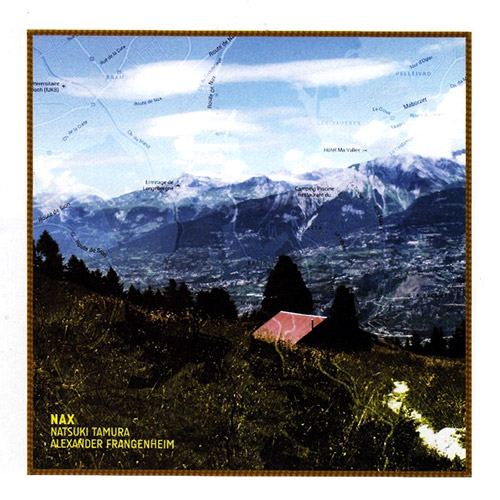
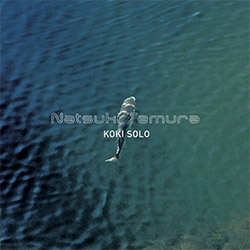




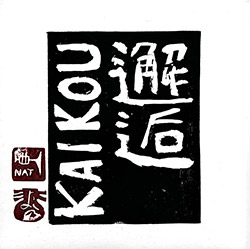
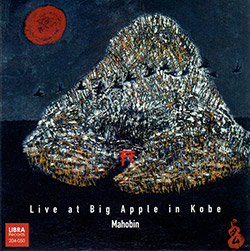

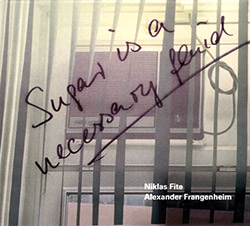




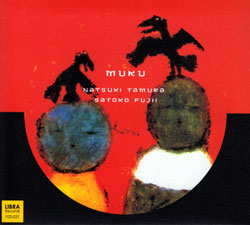
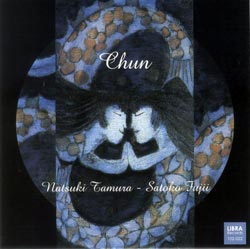
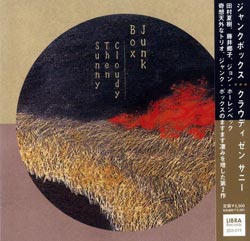
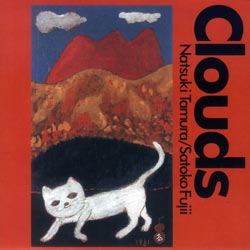
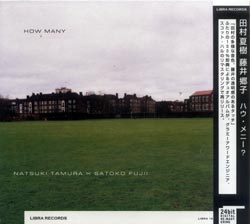
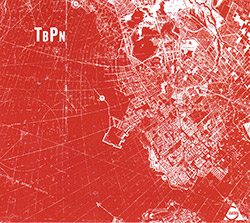

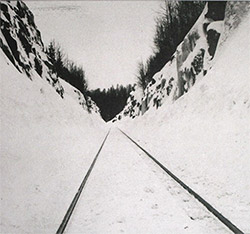

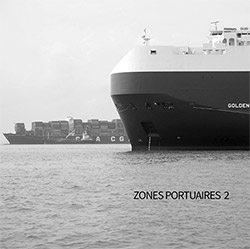
![111 (Michelle / Villamil): Live at Opus 40 [CASSETTE]](https://www.teuthida.com/productImages/misc4/35986.jpg)
![del Pino, Francisco / Charlotte Mundy: The Sea [CASSETTE]](https://www.teuthida.com/productImages/misc4/35987.jpg)



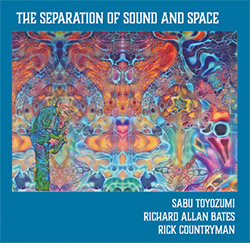


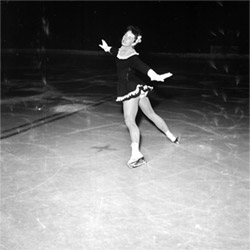
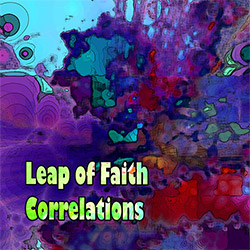



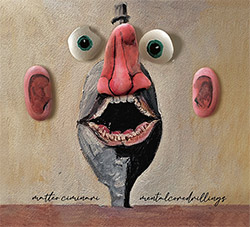
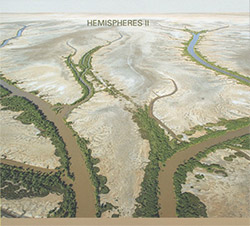
![Niblock, Phill / Anna Clementi / Thomas Stern: Zound Delta 2 [VINYL]](https://www.teuthida.com/productImages/misc4/34623.jpg)
![Yoko, Ono / The Great Learning Orchestra: Selected Recordings From Grapefruit [2 CDs]](https://www.teuthida.com/productImages/misc4/35841.jpg)
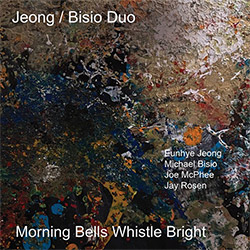
![Brotzmann, Peter / John Edwards / Steve Noble / Jason Adasiewicz: The Quartet [2 CDs]](https://www.teuthida.com/productImages/misc4/35975.jpg)
![Brotzmann, Peter / John Edwards / Steve Noble / Jason Adasiewicz: The Quartet [VINYL 2 LPs]](https://www.teuthida.com/productImages/misc4/35976.jpg)
![Thomas, Pat: The Solar Model of Ibn-Al Shatir [VINYL]](https://www.teuthida.com/productImages/misc4/36044.jpg)
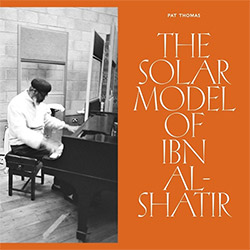

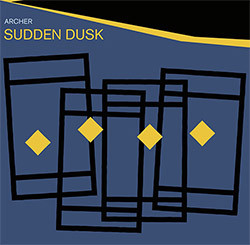

![Rodrigues, Ernesto / Nuno Torres / Guilherme Rodrigues: Whispers In The Moonlight - In Seven Movements [2CDs]](https://www.teuthida.com/productImages/misc4/35765.jpg)
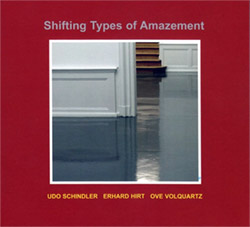

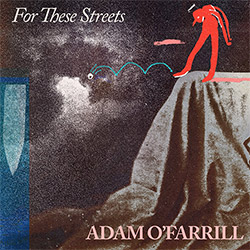
![Cocks, Laura: FATHM [VINYL]](https://www.teuthida.com/productImages/misc4/36055.jpg)
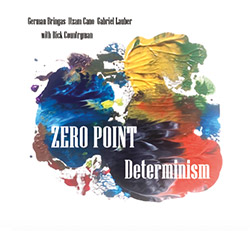
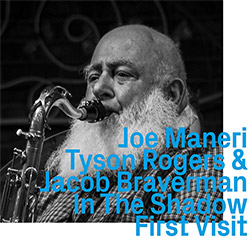
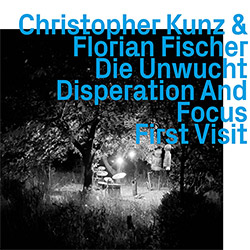
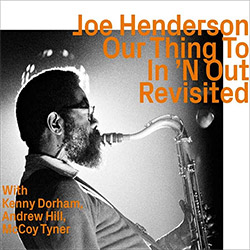

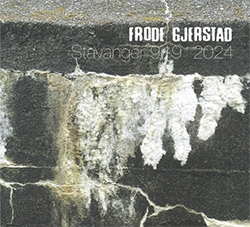
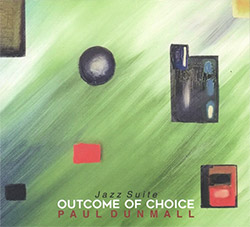
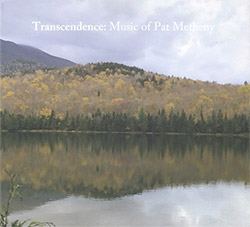
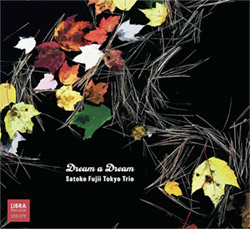

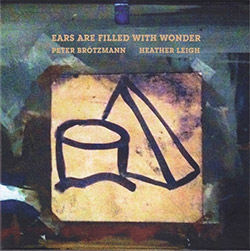
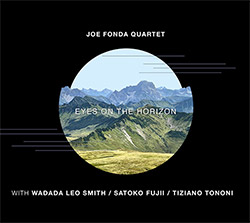
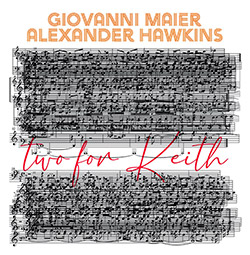
![Schindler, Udo / Sandy Ewen / Damon Smith: Munich Sound Studies Vols. 4, 5 & 6 [3 CDs]](https://www.teuthida.com/productImages/misc4/35966.jpg)
![Turbulence Orchestra & Sub-Units: Smear Out the Difficulties (Double Live) [2 CDs]](https://www.teuthida.com/productImages/misc4/36048.jpg)

![Myers, David Lee : Tin Drop Tear [BOOK w/ DOWNLOAD]](https://www.teuthida.com/productImages/misc4/36030.jpg)
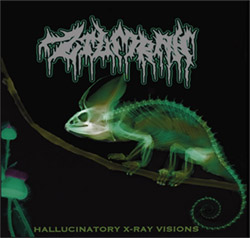
![Ackerley / Prymek / Turner: All Hope With Sleeping Minds [CASSETTE]](https://www.teuthida.com/productImages/misc4/35950.jpg)
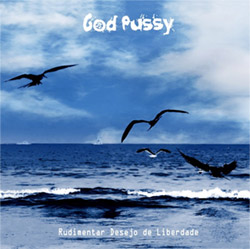

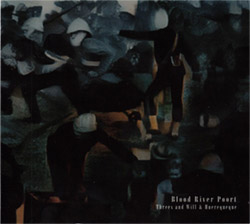
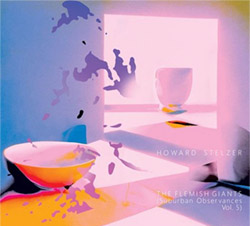

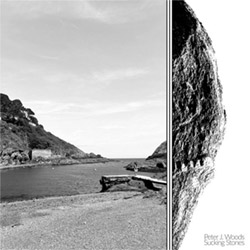
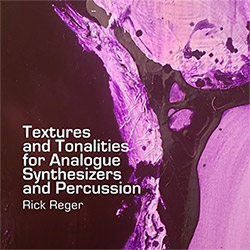

![Olencki, Weston : Pearls Ground Down To Powder [VINYL]](https://www.teuthida.com/productImages/misc4/35956.jpg)
![Myers, David Lee: Oculus [2CDs]](https://www.teuthida.com/productImages/misc4/35857.jpg)


![dustsceawung: dustsceawung [CASSETTE w/ Download]](https://www.teuthida.com/productImages/misc4/35753.jpg)
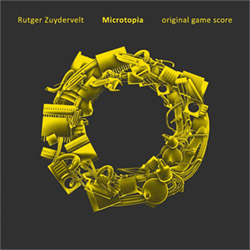



![Halls of the Machine: Atmospheres For Lovers And Sleepers [CASSETTE w/ DOWNLOAD]](https://www.teuthida.com/productImages/misc4/35806.jpg)
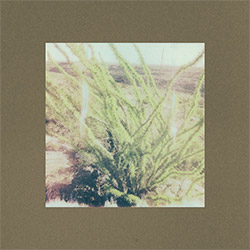
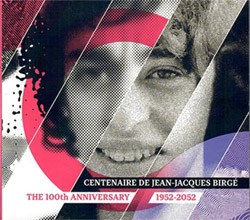









![Zorn, John / JACK Quartet: The Complete String Quartets [2 CDs]](https://www.teuthida.com/productImages/misc4/35609.jpg)

![Lonsdale, Eden: Dawnings [2 CDs]](https://www.teuthida.com/productImages/misc4/35480.jpg)







![Sanna, Claudio: Compositori Sardi Contemporanei II [2 CDs]](https://www.teuthida.com/productImages/misc4/35317.jpg)







![Zurria, Manuel: Fame di Vento [3 CDs]](https://www.teuthida.com/productImages/misc4/35167.jpg)

![Electric Bird Noise / Derek Roddy: 8-10-22 [CD EP]](https://www.teuthida.com/productImages/misc4/35970.jpg)








![Elephant9 : Mythical River [VINYL]](https://www.teuthida.com/productImages/misc4/34624.jpg)



![Elephant9 with Terje Rypdal: Catching Fire [VINYL 2 LPs]](https://www.teuthida.com/productImages/misc4/35355.jpg)
![Deerlady (Obomsawin, Mali / Magdalena Abrego): Greatest Hits [VINYL]](https://www.teuthida.com/productImages/misc4/34876.jpg)







![Surplus 1980: Illusion of Consistency [CD]](https://www.teuthida.com/productImages/misc4/35069.jpg)
![Staiano, Moe: Away Towards the Light [VINYL + DOWNLOAD]](https://www.teuthida.com/productImages/misc4/35037.jpg)



![Caveira (Gomes / Sousa / Abras / Ferrandini): Ficar Vivo [VINYL]](https://www.teuthida.com/productImages/misc4/34643.jpg)
![Coley, Byron: Dating Tips for Touring Bands [VINYL]](https://www.teuthida.com/productImages/misc4/17906.jpg)

![Lost Kisses: My Life is Sad & Funny [DVD]](https://www.teuthida.com/productImages/misc4/lostKissesDVD.jpg)